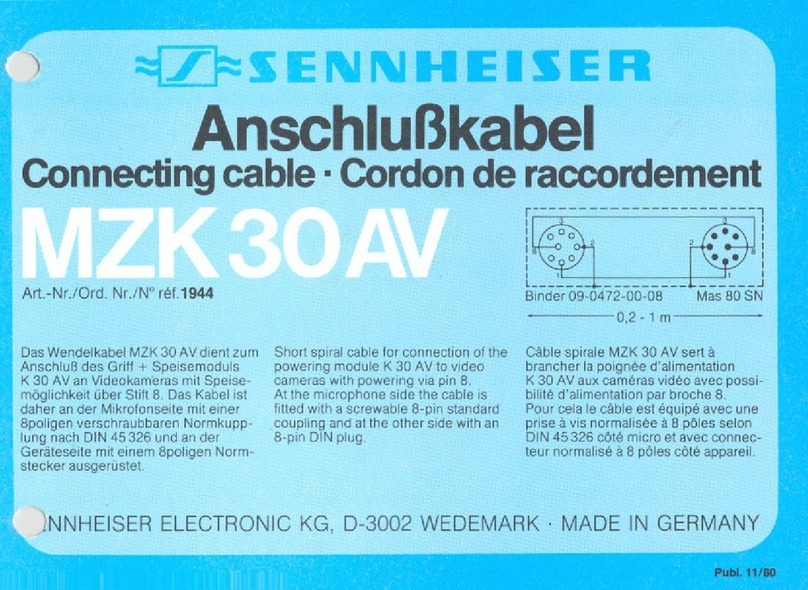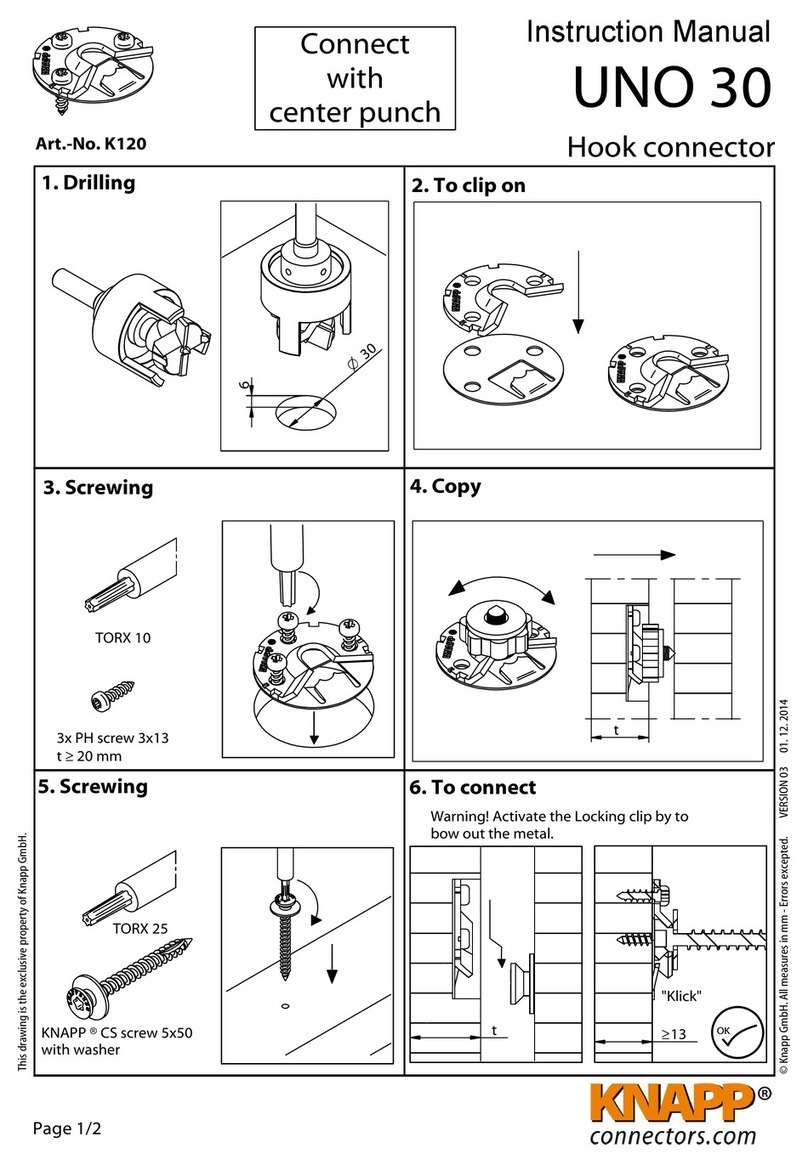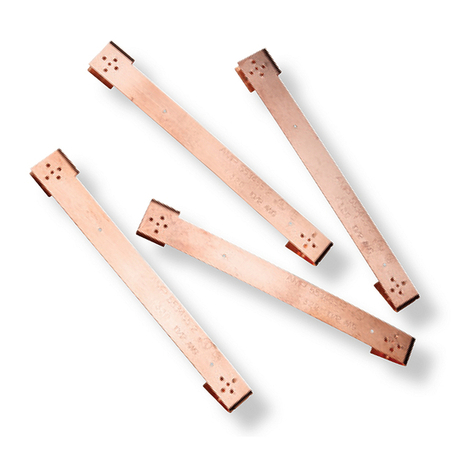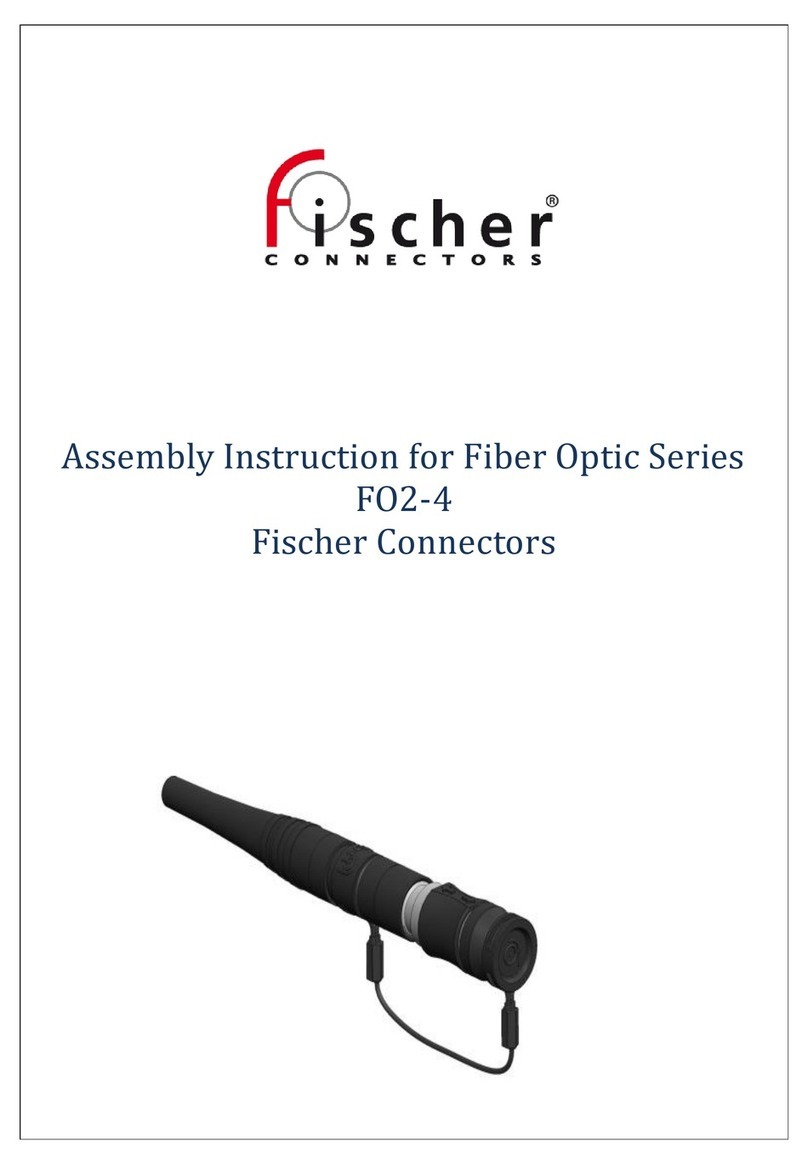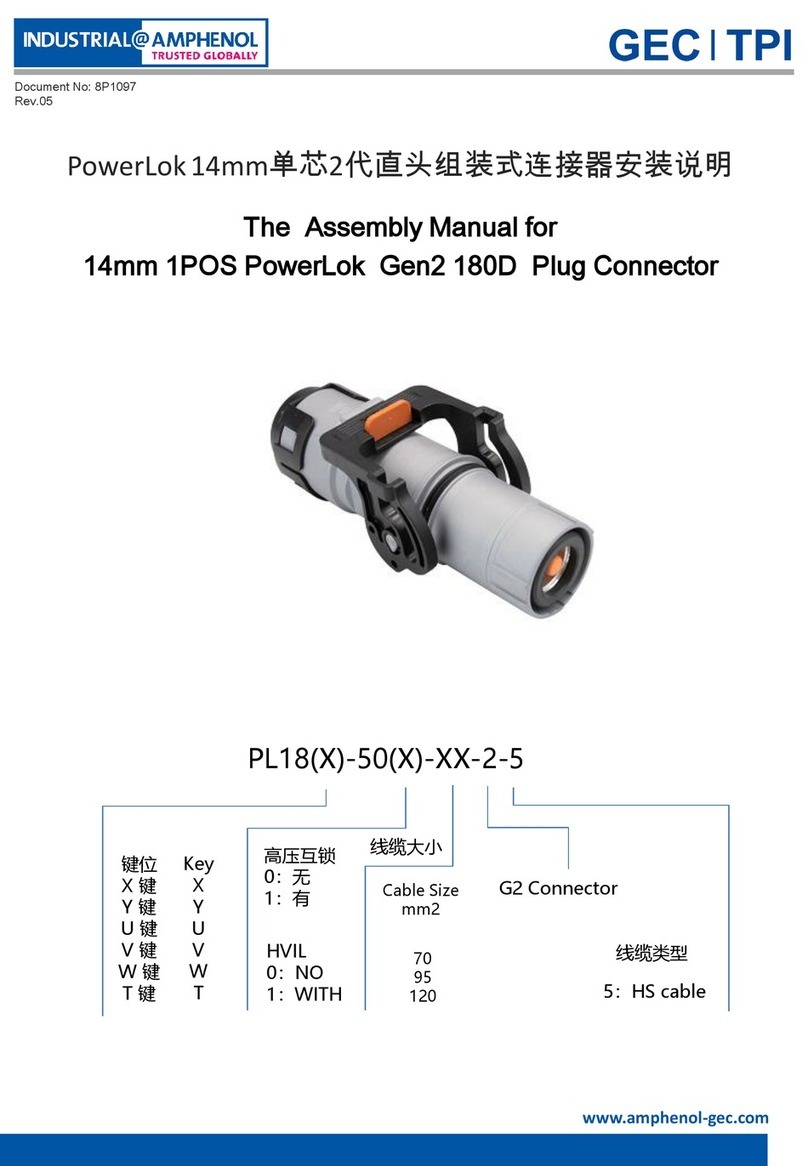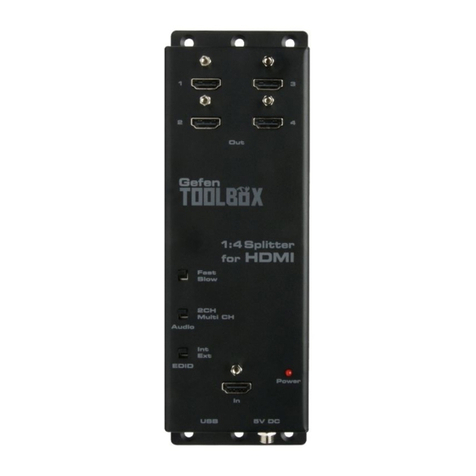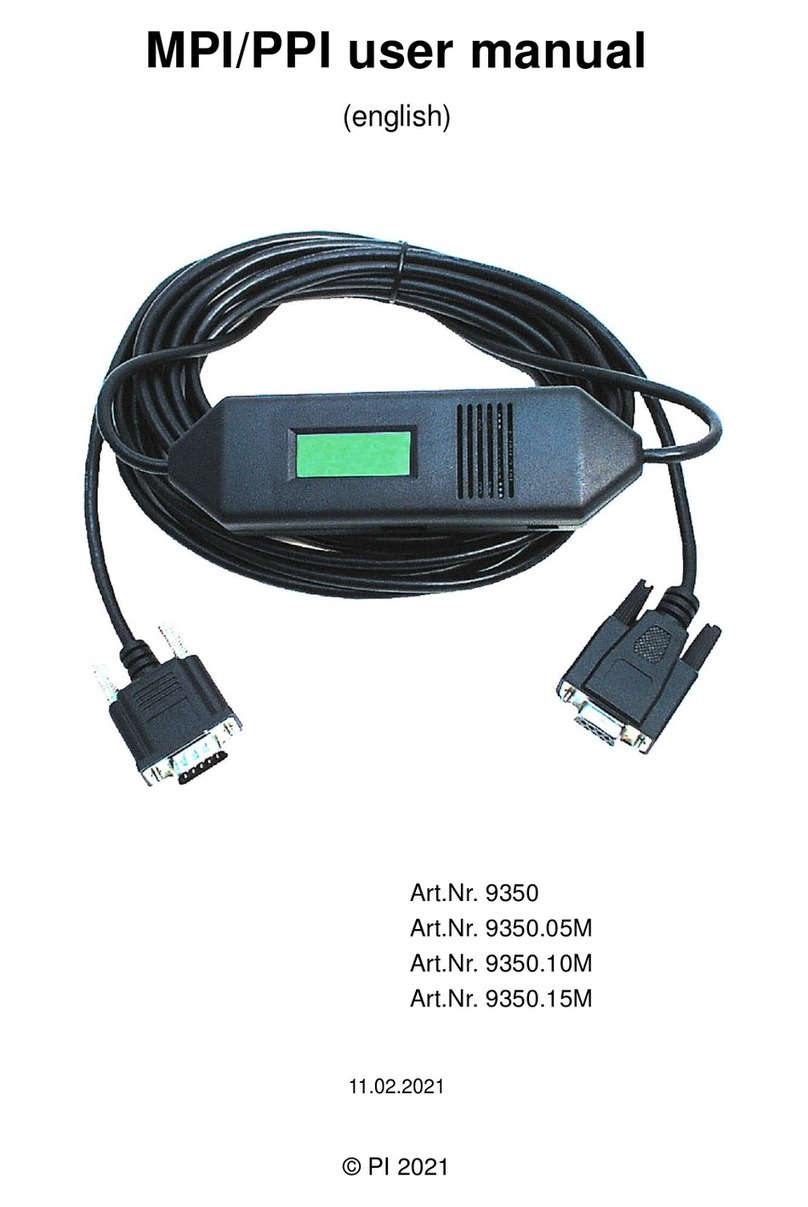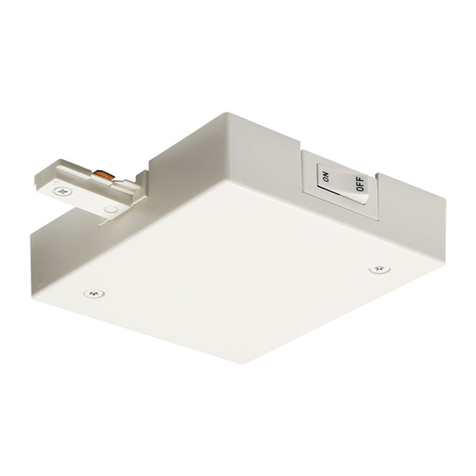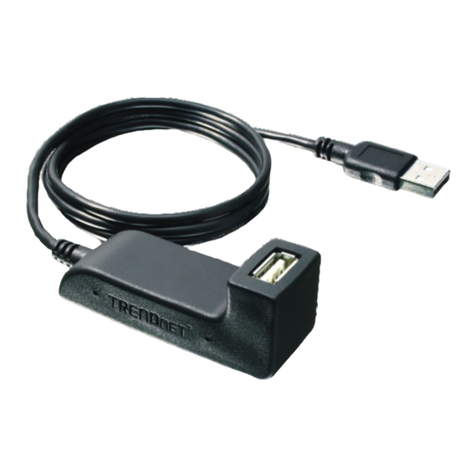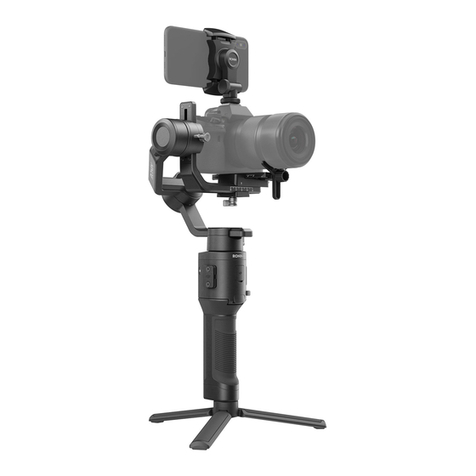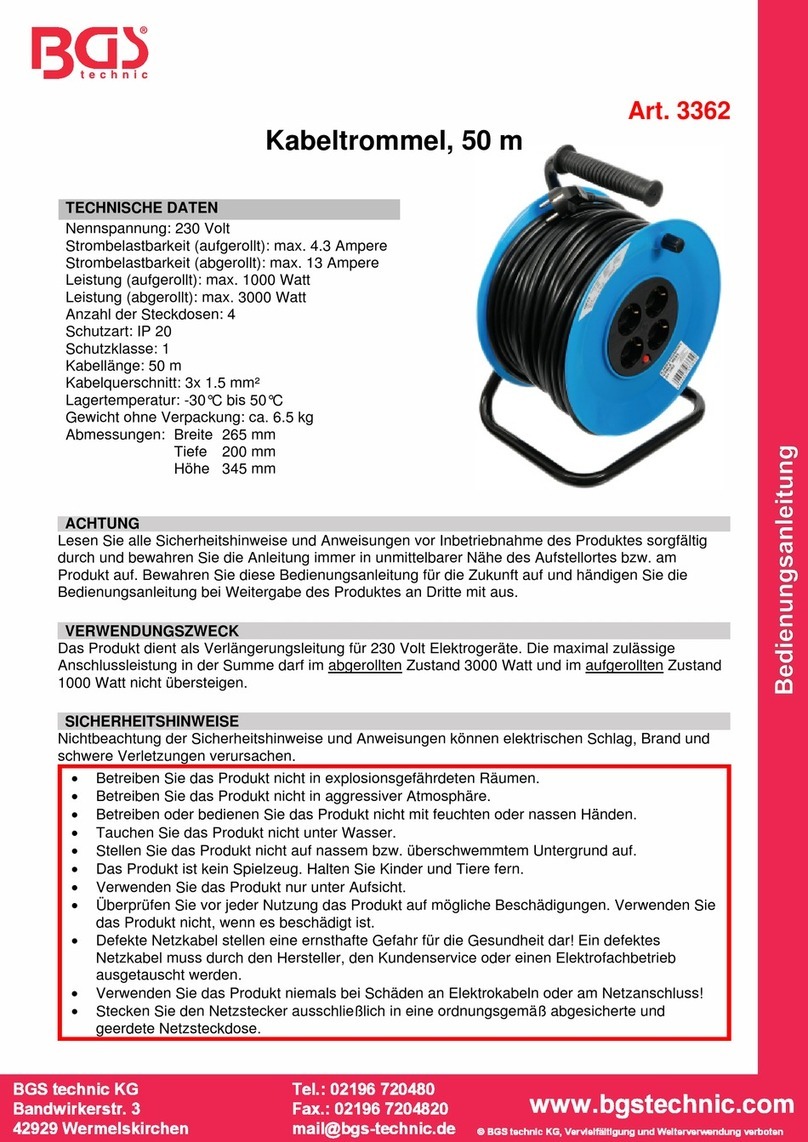Sennheiser ASA 1 User manual




















Other manuals for ASA 1
2
Other Sennheiser Cables And Connectors manuals

Sennheiser
Sennheiser ASA 1 - 01-09 User manual
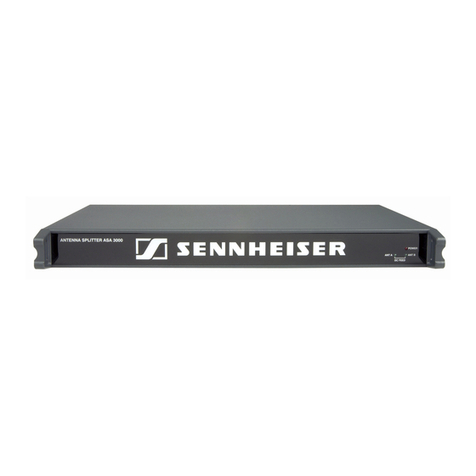
Sennheiser
Sennheiser ASA 3000 - ANNEXE 89 User manual

Sennheiser
Sennheiser CEUL 31 User manual
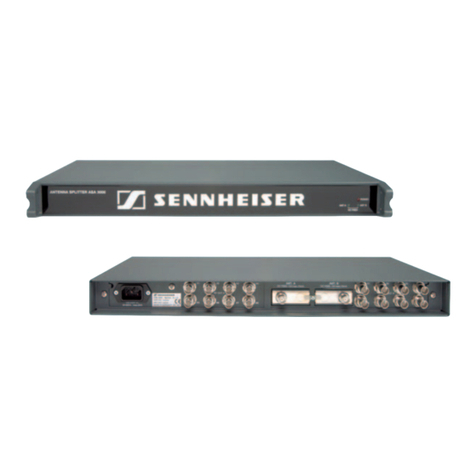
Sennheiser
Sennheiser AC 3000 Dimensions
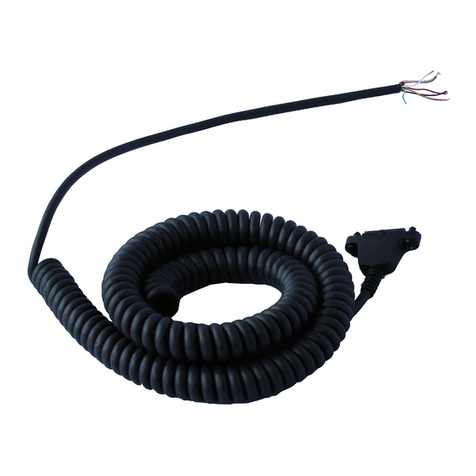
Sennheiser
Sennheiser H-6 User manual

Sennheiser
Sennheiser ASA 3000 User manual
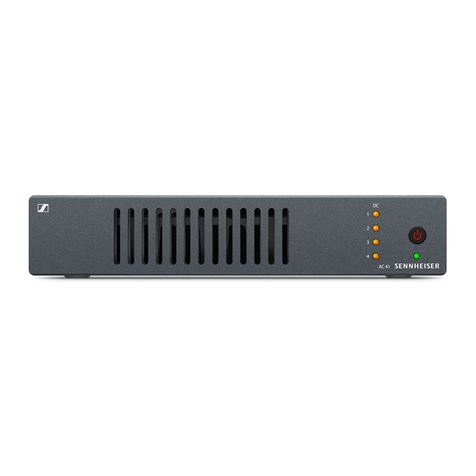
Sennheiser
Sennheiser ASA 214 Installation instructions

Sennheiser
Sennheiser ASP 2 User manual
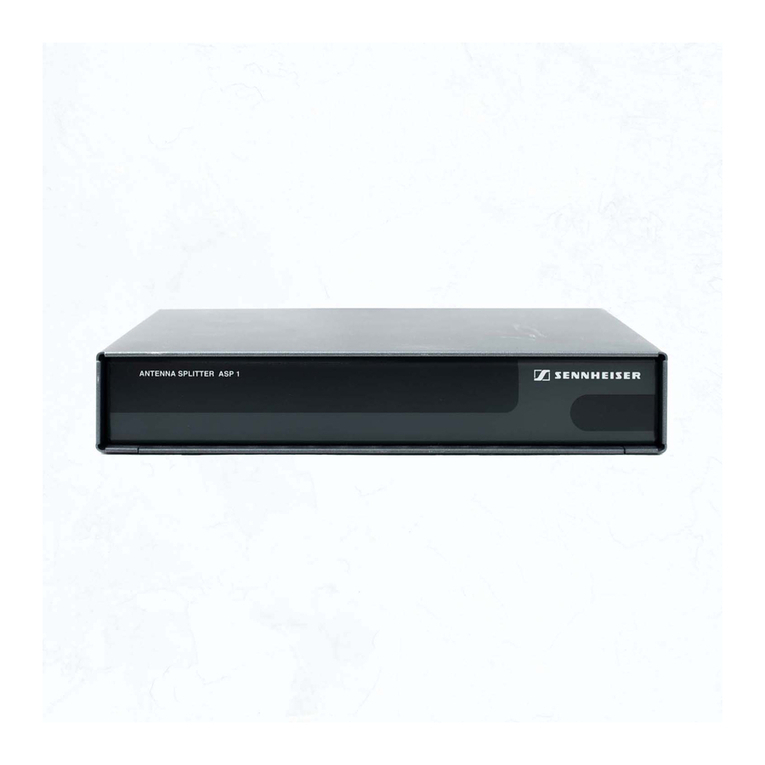
Sennheiser
Sennheiser ASP 1 User manual
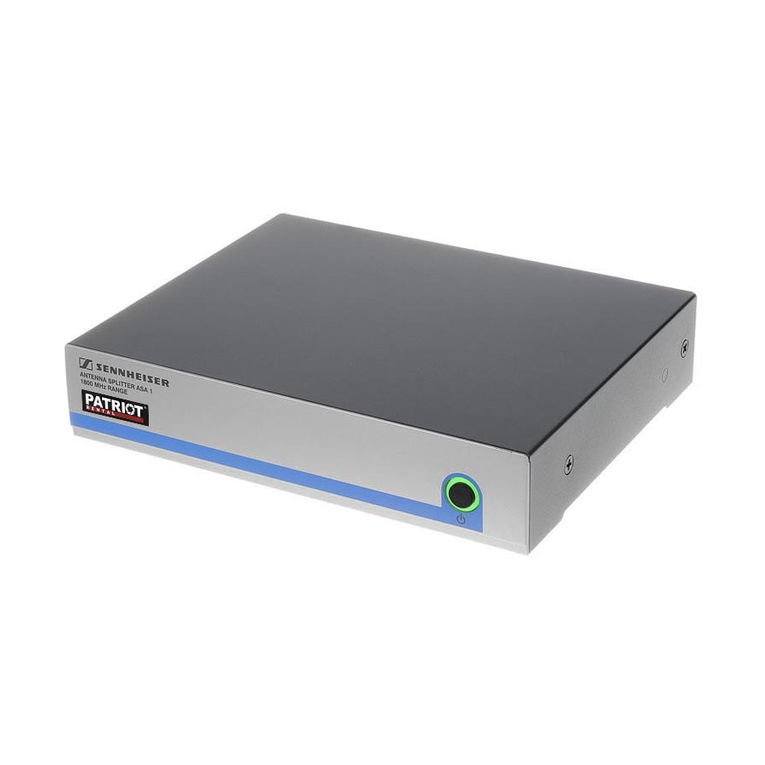
Sennheiser
Sennheiser ASA 1 User manual
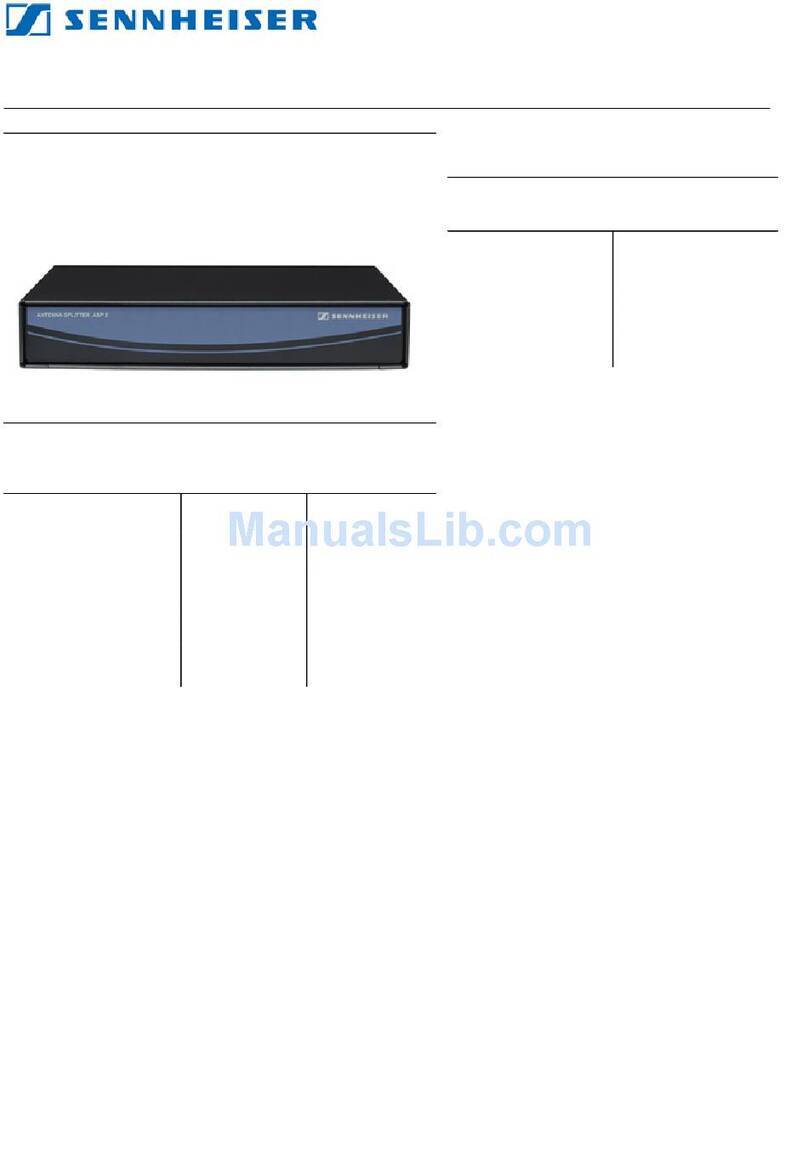
Sennheiser
Sennheiser ASP 2 User manual

Sennheiser
Sennheiser AL–SATA 01 User manual

Sennheiser
Sennheiser ActiveGuard CC 510 User manual
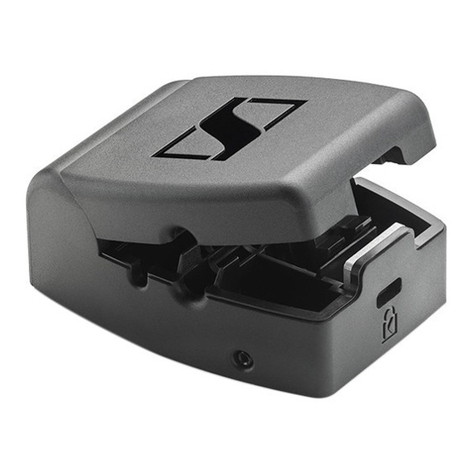
Sennheiser
Sennheiser Security Cable Lock User manual

Sennheiser
Sennheiser RCS 400 User manual
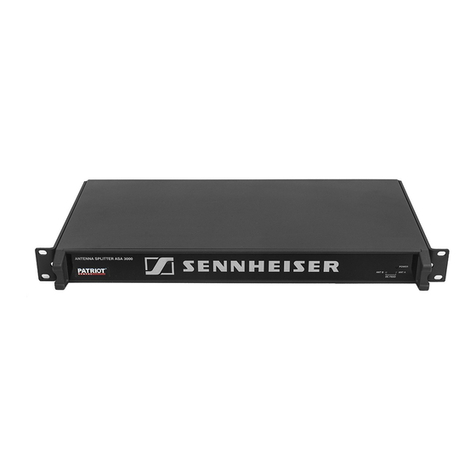
Sennheiser
Sennheiser ASA 3000 User manual

Sennheiser
Sennheiser ASA 1 User manual
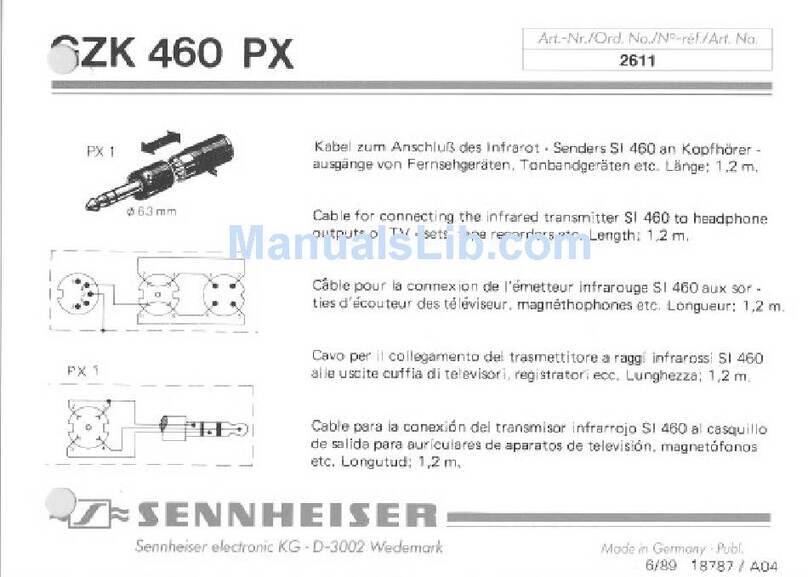
Sennheiser
Sennheiser GZK 460 PX User manual

Sennheiser
Sennheiser ASA 3000 User manual
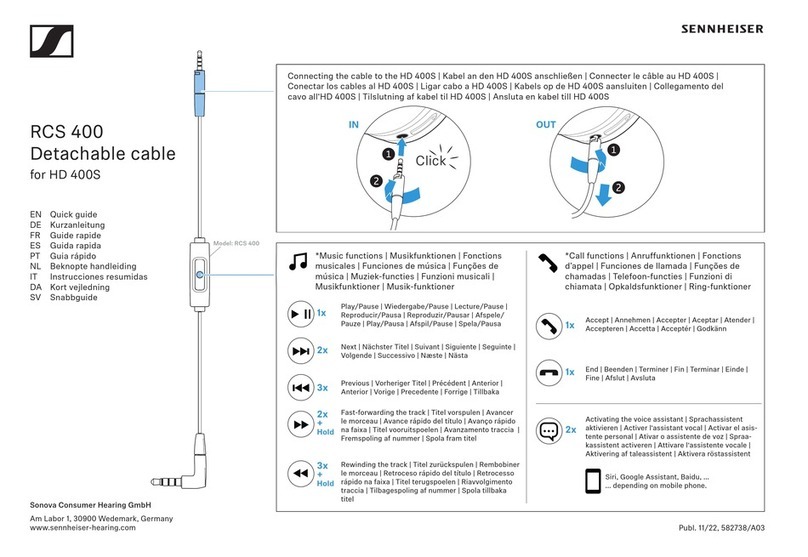
Sennheiser
Sennheiser RCS 400 User manual
Popular Cables And Connectors manuals by other brands
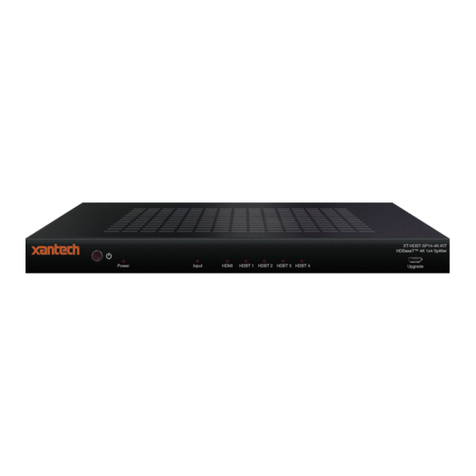
Xantech
Xantech XT-HDBT-SP14-4K-KIT Quick reference guide
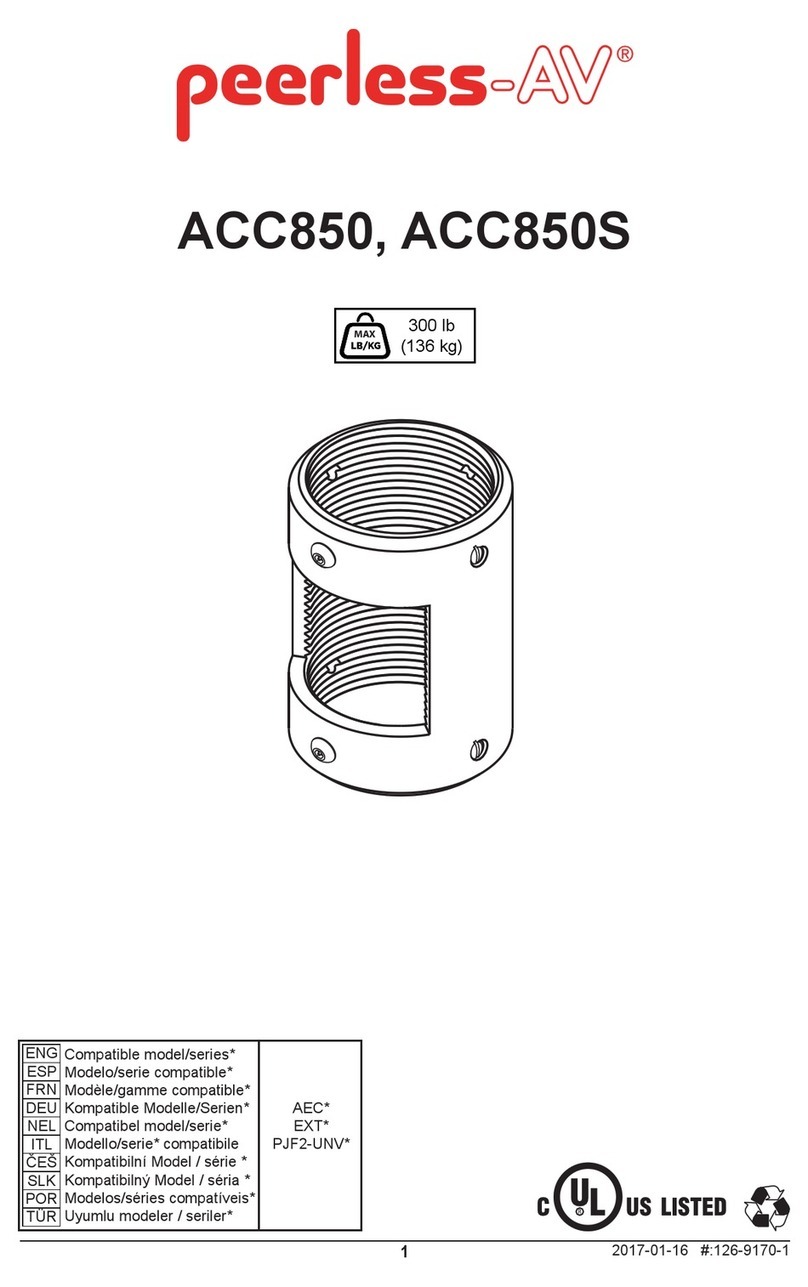
peerless-AV
peerless-AV ACC850 manual
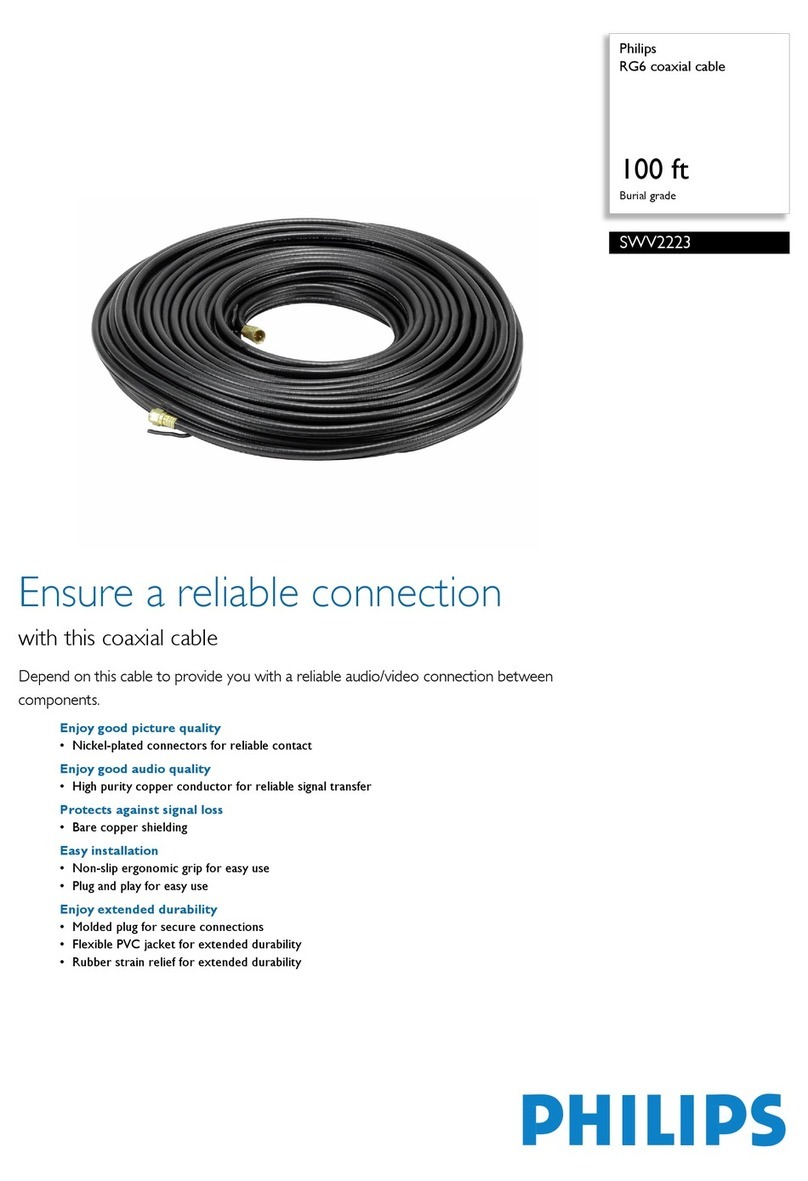
Philips
Philips SWV2223 Specifications
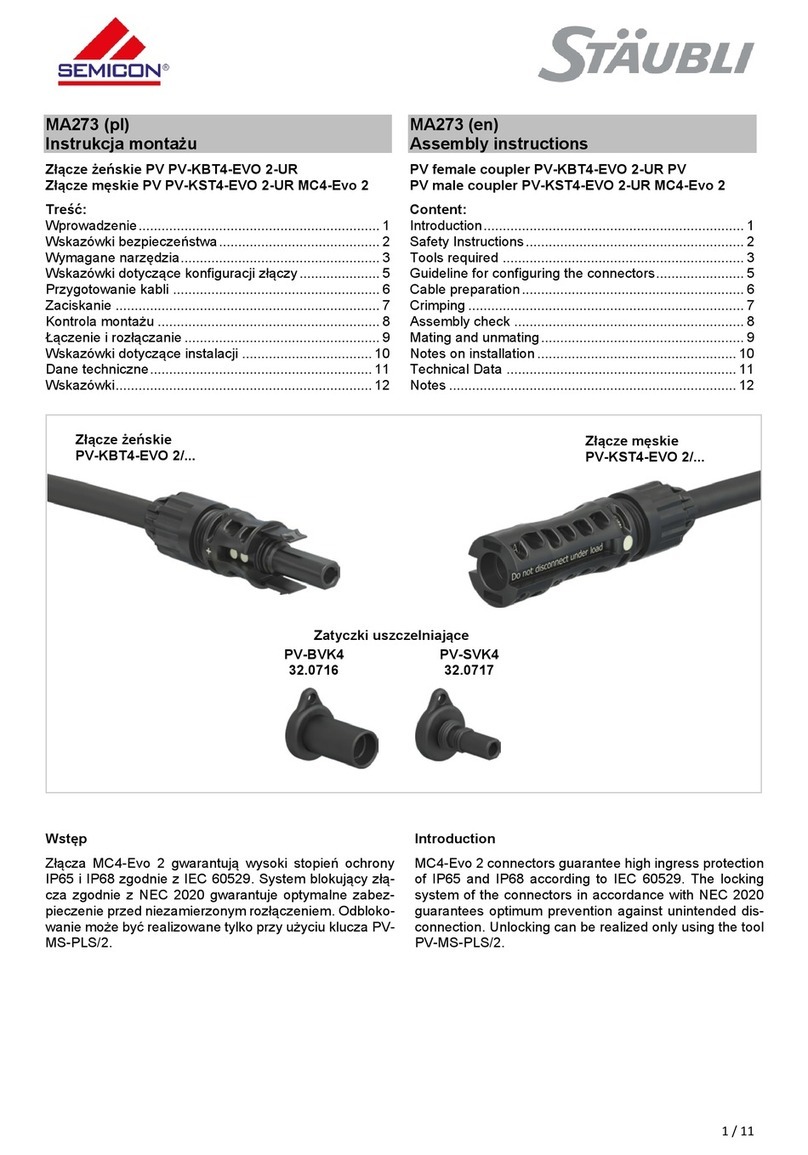
Staubli
Staubli PV-KBT4-EVO 2-UR Assembly instructions
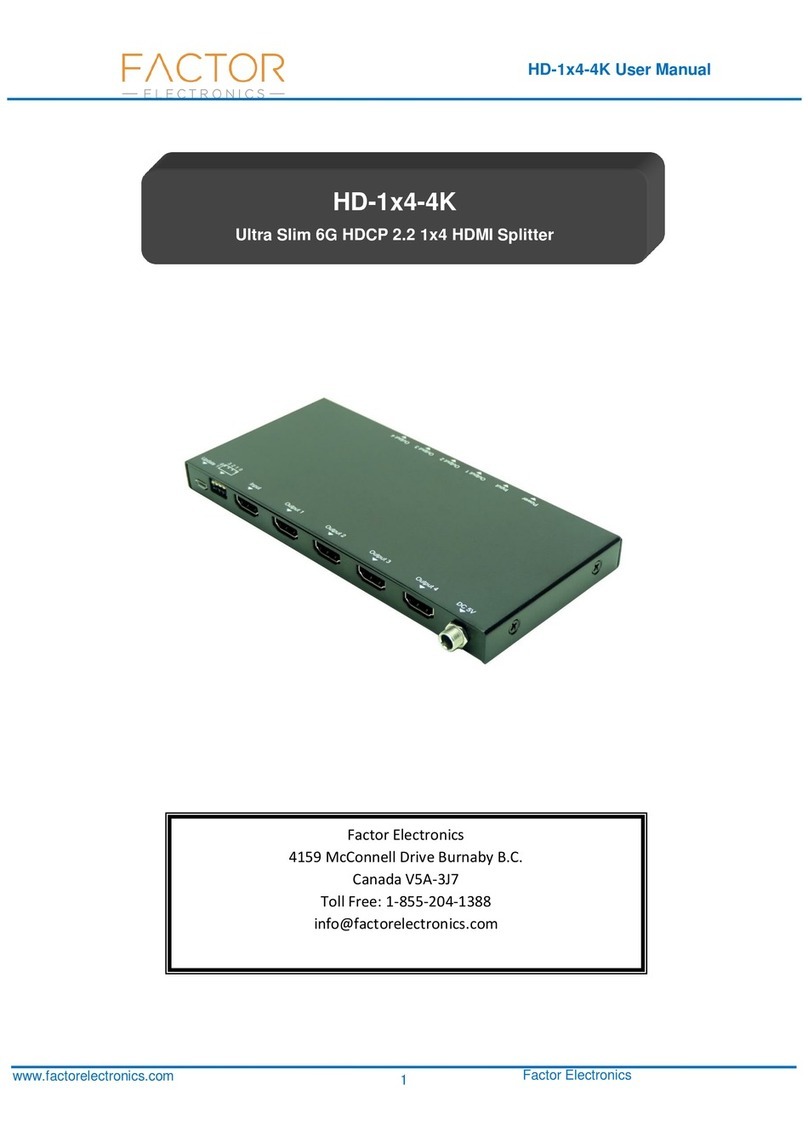
Factor Electronics
Factor Electronics HD-1x4-4K user manual
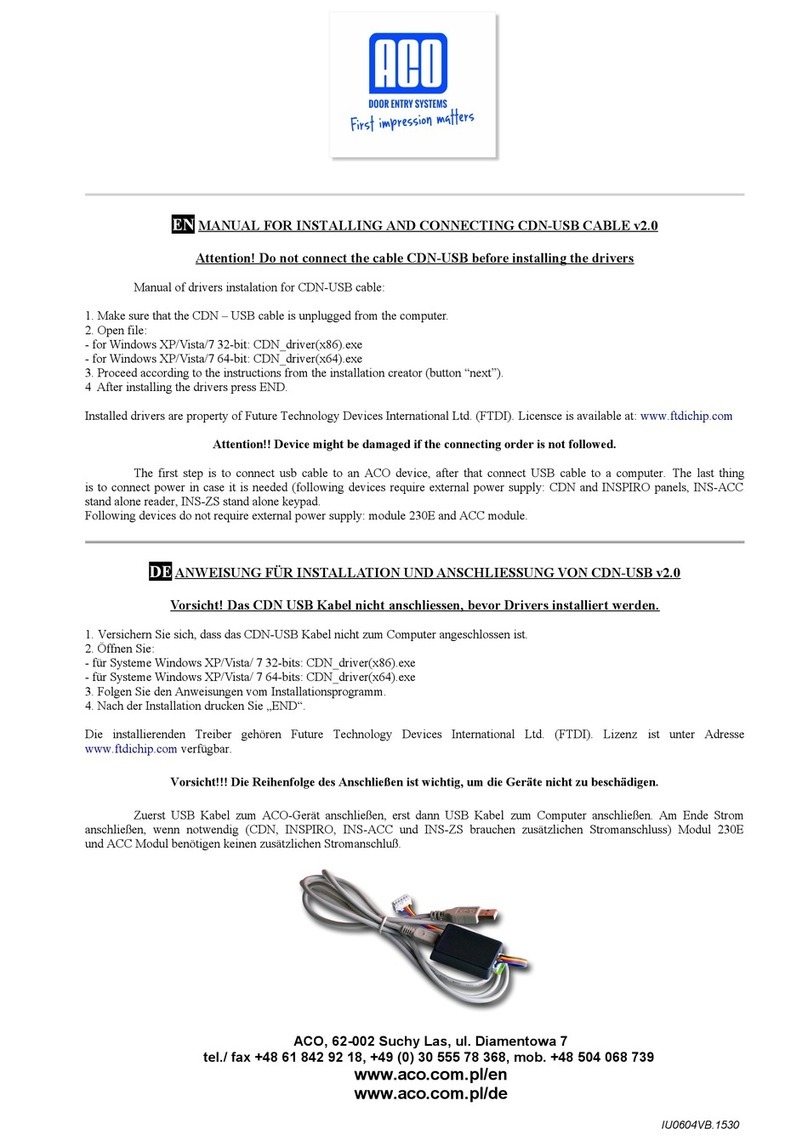
ACO
ACO CDN-USB CABLE v2.0 Manual for Installing and Connecting



